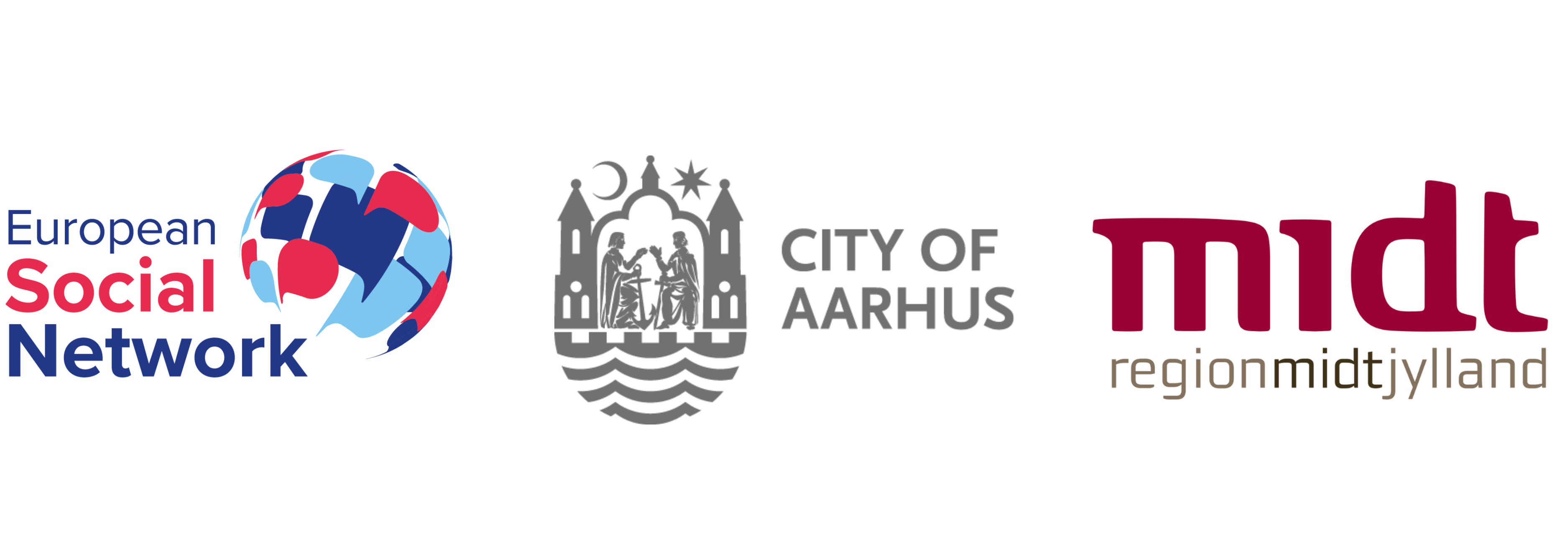By Beatrice Valente Covino – Senior Manager; Valeria Marchetti – Assistant Manager, KPMG Advisory Spa Italy
Among the most ambitious and innovative projects designed by the Italian Social Security Institute, INPS, Welfare As a Service (WAAS) is aimed at optimizing welfare state interventions, policies and initiatives, both in their planning and implementation, through the harmonized exchange of data between central, regional and local government bodies.
Italy is a partially decentralized country, which implies that public policy ownership is shared across government levels, from the national to the local. Social welfare services in Italy are indeed provided by a plurality of public and private entities, through multiple instruments aimed at reaching different segments of recipients. Being located at different levels of government, social welfare providers are not always able to plan and coordinate policies, interventions and actions in a complementary way and based on a bigger picture of the social service’s needs, hence risking, for example, an overlap of recipients or the neglection of certain categories of citizens.
Among the main obstacles to an efficient and desirable social innovation strategy we find the current lack of data and information regarding the distribution of demand and supply for social services. To solve the issue, the National Recovery and Resilience Plan (NRRP), funded by the Next Generation EU fund, allocated a substantial reform package to enable forms of interoperability of systems and data integration between social welfare providers and, more generally, to implement advanced forms of interoperability between public administration databases, to enable the development of new services, analytics and forecasting based on data sharing.
In such an environment the National Institute for Social Security set itself the goal to build, within the Welfare as a Service framework, a National Welfare Data Hub: a database both fed and searchable by the Institute, other Public Administrations and welfare providers, where all data on citizens’ welfare is collected, processed and returned in an integrated and meaningful ways for the public administrations. The driving principle is the “once only” principle and the Data Hub will rely on the Digital National Data Platform (PDND) to implement its catalogue of APIs as services, developed according to a marketplace logic and shared technical specifications. Among the services the Data Hub aims at bringing on the PDND there will be dashboards and forecasting instruments intended to welfare providers and decision makers in order to promote the enhancement of an “evidence based” planning and spending mechanism: a strategic infrastructure for the sustainability and efficiency of the welfare state system in Italy.
Finally, the strengthening of the territorial governance of welfare is among the greatest benefits we expect from the WAAS project. This allows different welfare-state actors to plan, design and implement more in-depth, integrated and shared interventions, together with a better and more transparent use of public and private resources.

